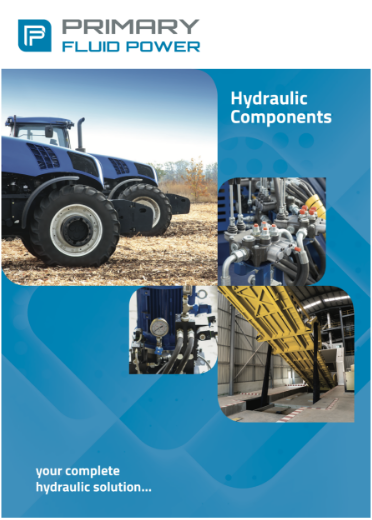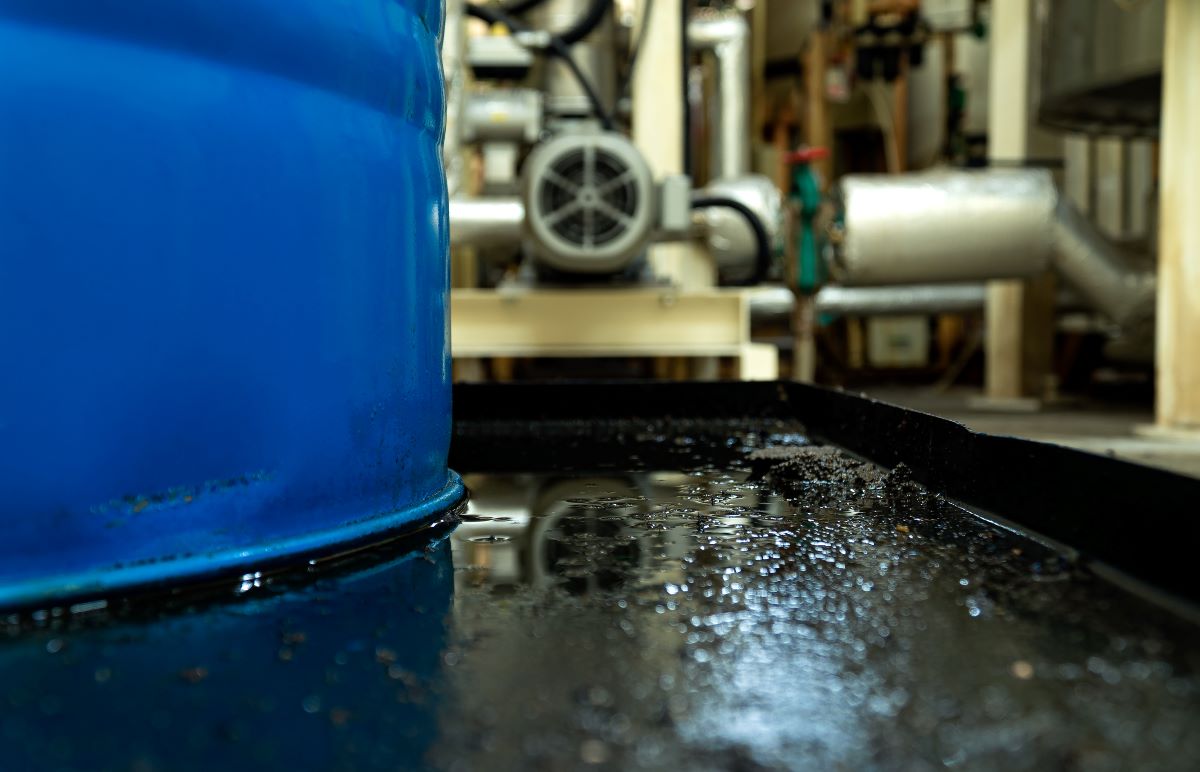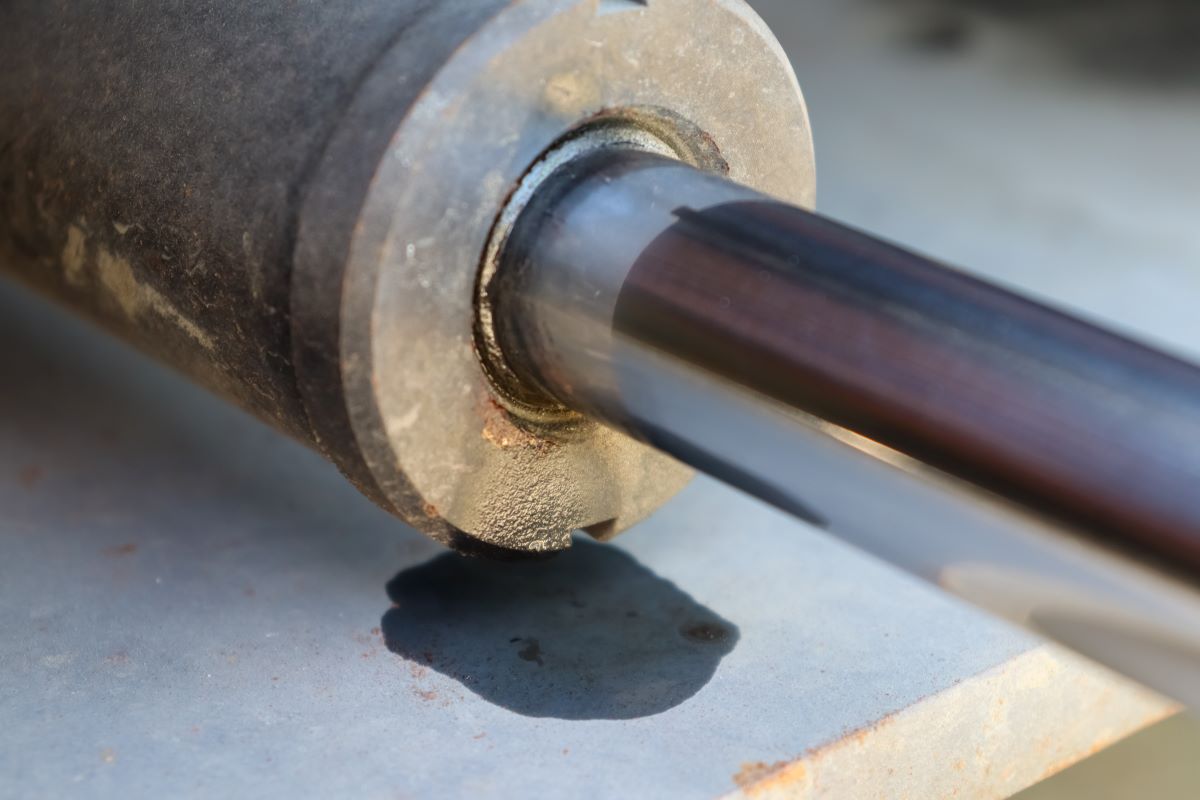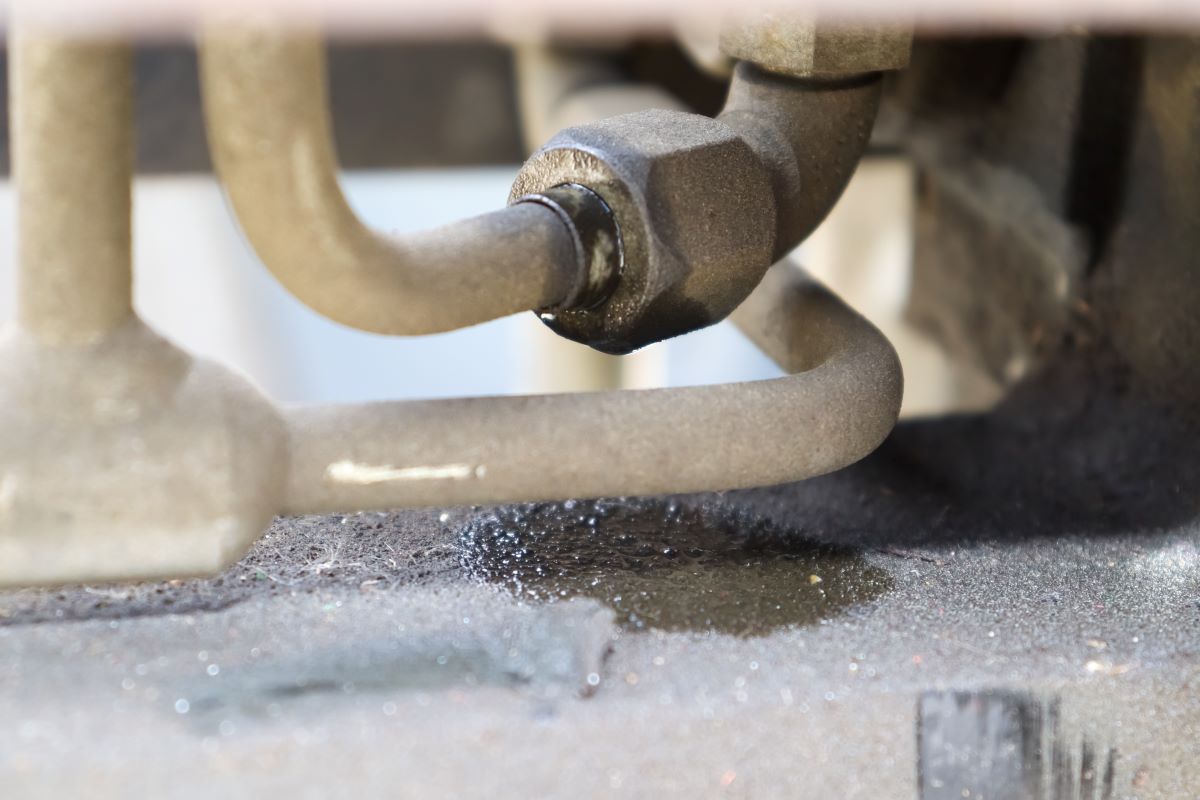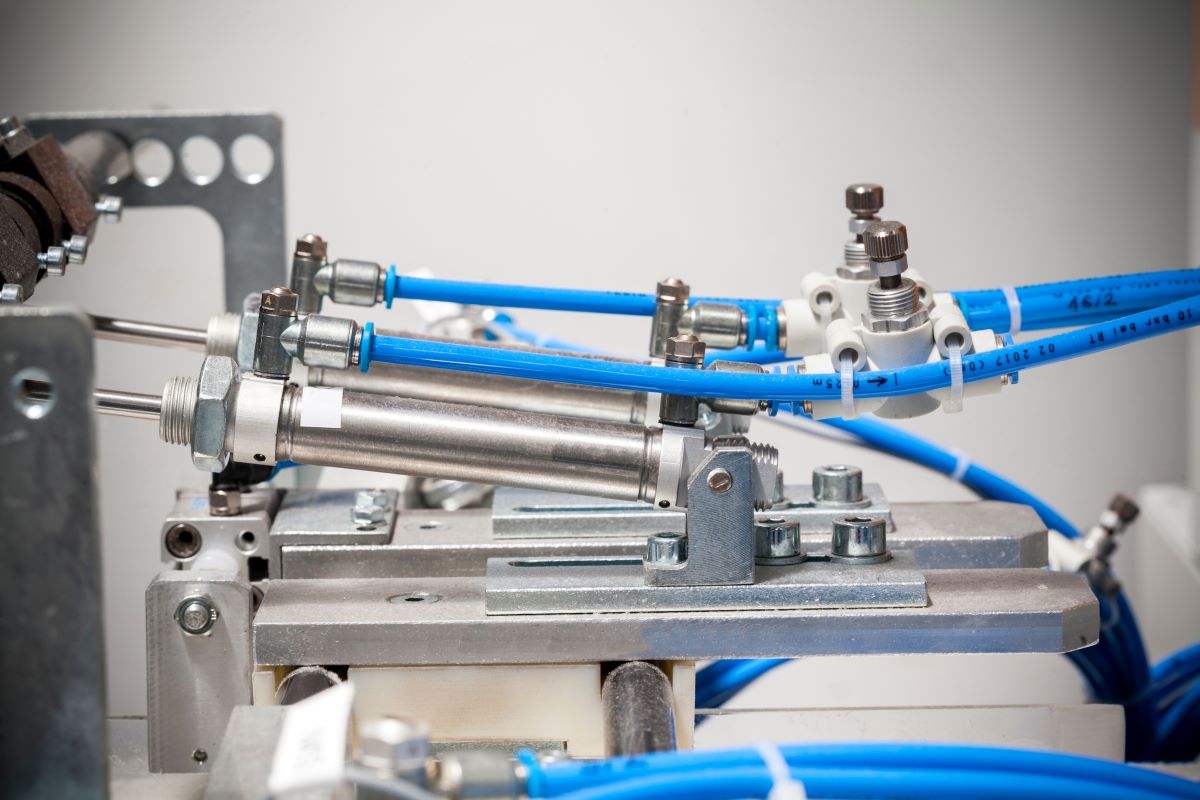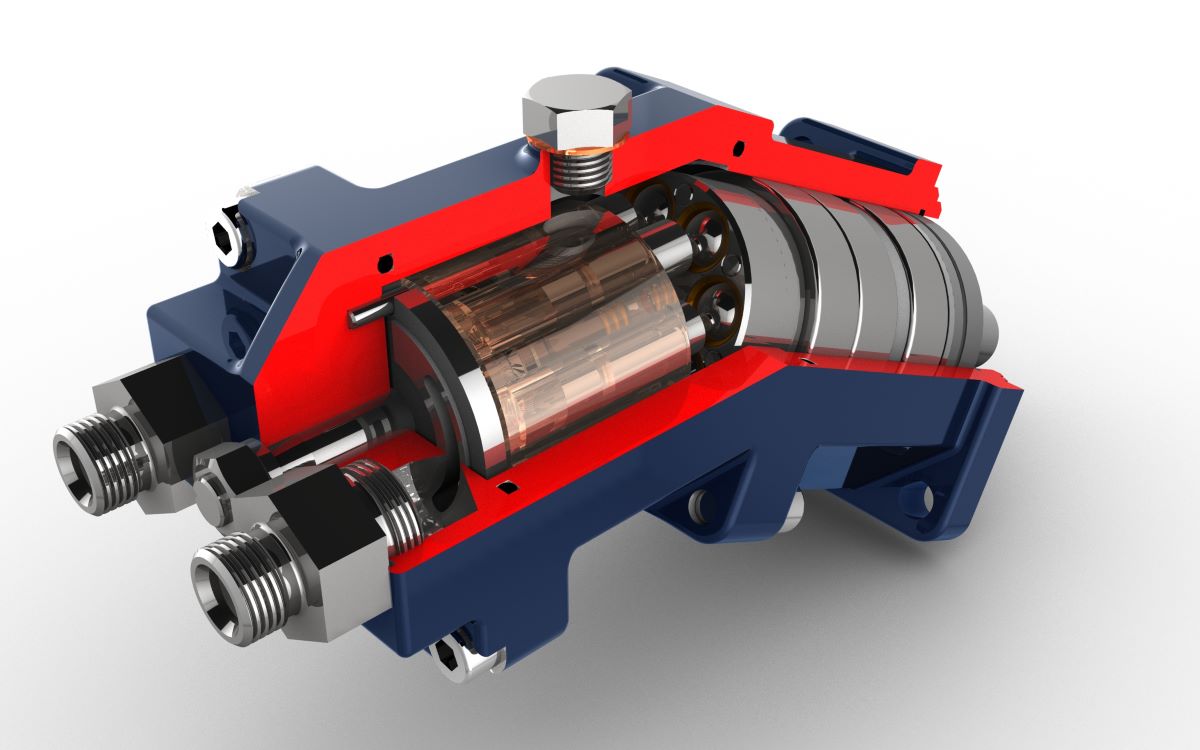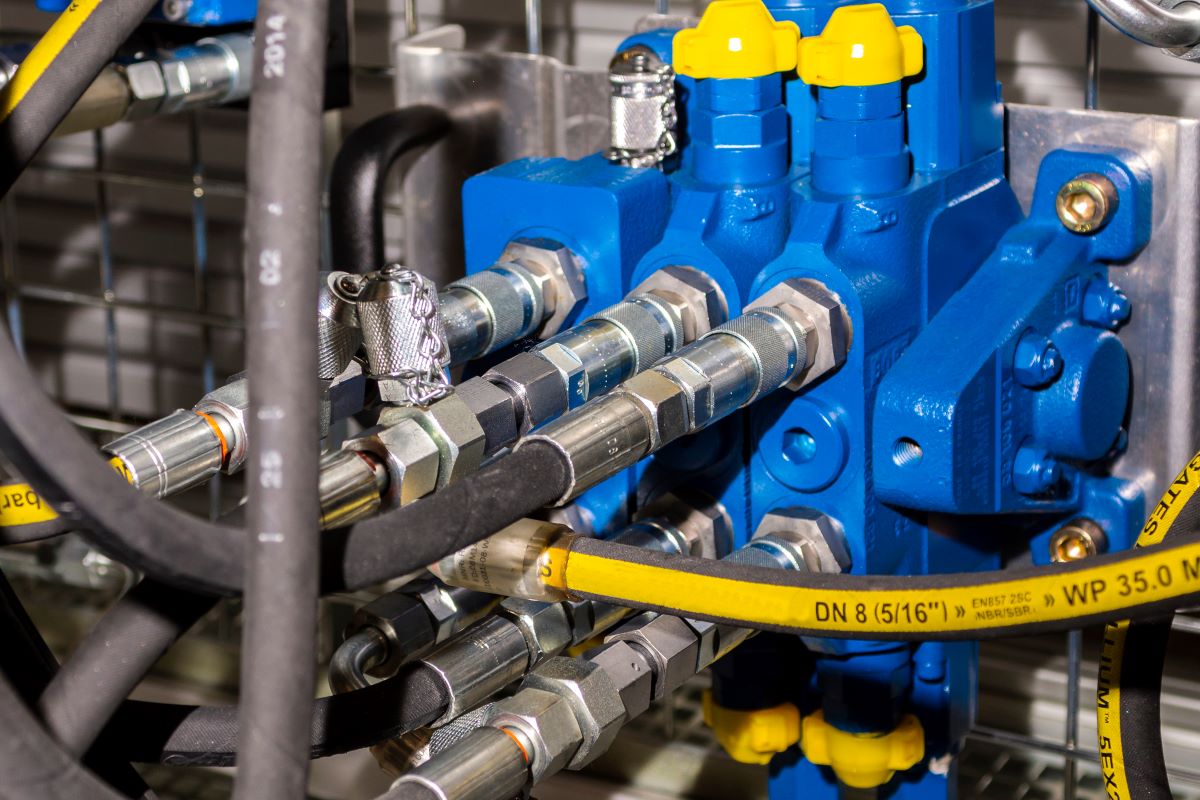Hydraulic leaks: Common causes & cost implications
Any business operating hydraulic machinery will recognise that a leak in the system can have significant cost implications when it comes to downtime, repairs and replacements needed to get the equipment back up and running.
Whilst the term ‘leak’ may seem relatively minor, it’s far more than a small pool of escaped fluid. A hydraulic leak can lead to substantial operational and maintenance costs, underperformance and inefficiency.
It goes without saying that this isn’t something that any business wants to deal with – but hydraulic leaks do happen. It’s a common occurrence, but for the most part, it can be avoided.
In this article, we’ll discuss the main causes behind hydraulic leaks and what you can do to prevent them.
What causes hydraulic leaks?
Hydraulic leaks can be caused by a number of factors, and it’s not always the case that the result will be a visible puddle of liquid on the floor. In many scenarios, you may not even be aware you have a leak.
They can occur both internally and externally, and it can often be difficult to identify and track down the root cause of it.
External hydraulic fluid leaks
An external leak is undoubtedly the most obvious of the two, as the fluid will physically leave the system.
External hydraulic leaks may have more noticeable signs such as a visible hole or tear in the hydraulic line, which allows the fluid to escape and flow out of the system.
However, identifying it may not always be that straightforward. Sometimes, the fluid spill may actually be in a different location from where the rupture is in the system. Due to the high pressure and speed of fluid flowing through a hydraulic system, the liquid can easily travel and drip from a different place.
External leaks can be incredibly detrimental to operations as not only is the system wasting fluid which will require replacement, but hydraulic fluid is toxic and carries a great deal of health and safety concerns. It’s extremely hot and highly combustible which can pose potentially fatal risks of fire and injury to operators and technicians.
Internal hydraulic fluid leaks
Internal leaks take place within the hydraulic system and are therefore more difficult to identify as the fluid doesn’t exit the system. More often than not, an internal leak may go unnoticed for some time which can lead to greater problems.
There are a variety of different causes of internal leaks which include poor installation, wear and tear of components and the use of incompatible components.
Whilst there may be no visible signs of an internal leak which makes them challenging to identify, they will usually present themselves in several other ways. If you notice a drop in system performance and efficiency or an unusually high operating temperature, there’s a good chance you may have an internal leak.
Signs of hydraulic leaks
Knowing what to look for when it comes to a possible leak in your hydraulic system is the first step to identifying and rectifying the problem sooner rather than later.
Whilst we’ve already touched on most of the common signs of a hydraulic leak throughout this blog so far, here’s a more in-depth explanation of what to watch out for:
- Puddles of fluid: The simplest way to diagnose a leak if it’s external is to look out for any signs of oil or water underneath the machine. The fluid could be any colour but will usually be relatively odourless.
- A drop in fluid levels: The fluid gauge on your machine should be regularly monitored for any fall in fluid levels. If you notice a drop over time, you may have an external leak.
- Underperformance: If you’re experiencing poor performance with your hydraulic machine, whether that be a lack of pressure, a high temperature or sudden noises then this could be an indication of a leak.
Dangers of hydraulic leaks
Leaks in a hydraulic system aren’t to be overlooked. They can carry considerable consequences for the business, operators and the environment. Some of these include:
Increase in oil consumption: Hydraulic fluid will require more frequent replenishment, resulting in extra expenditure and waste.
- Reduced efficiency: Leaks can have substantial impacts on a system’s performance, which can have a knock-on effect on all operations due to slower cycle times meaning it takes longer to get the job done.
- Damage to the environment: Hydraulic fluid is incredibly toxic and has been known to end up in rivers, lakes and soils, harming wildlife and sea life. Leaks mean that more oil is used to make up the loss, therefore presenting even higher levels of contamination.
- Downtime: Leaks can take a considerable amount of time to be identified and repaired, which can result in extended system downtime. This can lead to considerable impacts on operations and profitability in the long run.
- Health and safety risks: Operators are at risk of injury from fluid leaks – whether that be from slipping and falling, being scalded from the hot liquid or being in the area if it was to ignite.
- Financial impacts: Business finances can be affected from all different angles when a leak occurs. This can come from the cost to replenish wasted fluid, repair the system, replace components, pay any medical bills due to injury, and the expected losses that come with system downtime.
Identifying and fixing hydraulic leaks
Leaks are often the most common failures in a hydraulic system and are usually the most easily repaired. Therefore, if you notice a change in your system performance or spot a visible sign of leakage then this should be identified and addressed as soon as possible.
For those who know their way around a hydraulic system, identifying a leak in a small setup can be as simple as depressuring the system and checking all connectors, seals and joints. Through this, you may be presented with a loose attachment or a visible hole/tear in a component.
Identifying a leak in a larger hydraulic system may require the help of a professional to accurately locate the source of the leak. This requires a great deal of understanding of hydraulic circuits and they will test pressure, temperature and flow whilst conducting a visible inspection.
Failing to notice or rectify a hydraulic leak can lead to catastrophic implications and costly repairs and replacements of equipment.
How to prevent hydraulic leaks
A well-designed and built hydraulic system should run efficiently for years to come, provided that it’s properly maintained. Hydraulic system maintenance is critical for machines of all sizes to ensure continuous efficiency and elongate their lifespan.
Along with a frequent maintenance schedule, investing in high-quality components is key when it comes to smooth operation. Primary Fluid Power are one of the UK’s leading suppliers of hydraulic components and complete systems. We can supply all types of hydraulic pumps, motors, cylinders, accessories and more from industry-leading manufacturers.
We have a wealth of experience and knowledge in fluid power solutions, and our team of technicians and engineers are on hand to recommend the most suitable products for you. We also have the in-house capabilities to modify existing products or build complete solutions to your exact specifications. To enquire or find out more, get in touch with us.


